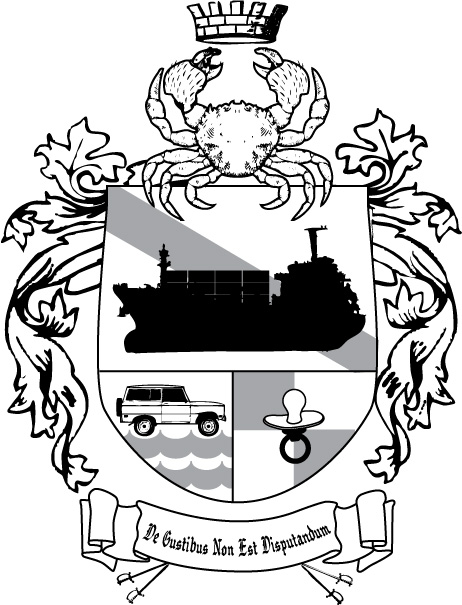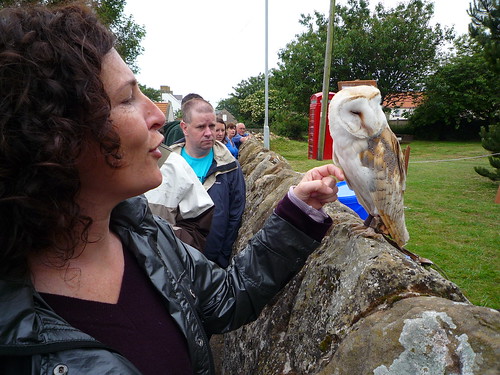There is no accounting for taste (crest I sketch)
Allenheads – Land inside out
Things of course are nothing like what they appear. Land like any other time-based and event-based instance needs to be decoded or requires literacy to understand its stories.
Last week I was generously welcomed to Allenheads Contemporary Arts by founders & artist producers Alan Smith and Helen Ratcliffe, and by Hannah Marsden, curator of their recent show Exploring Nostalgia (see earlier post on dead moles in dresses). Alan gave me an intense tour of the land, 2 hours of condensed experiential learning by car and foot – jumping up and down on the watershed land (a spongy trampoline), looking at charming, flower-strewn brooks (actually garbage middens from 19th c lead miners), and learning to read the vertical scars on the hills – channels made by huntsmen to drain the highland moors for better pheasant and grouse hunting conditions. Underground, a white-lime painted maze of tunnels that takes you forward in time as you go further in (newest last); this work of burrowing has, like worms, left giant-sized man-castings on the surface which look like naturally picturesque bumps and hillocks.
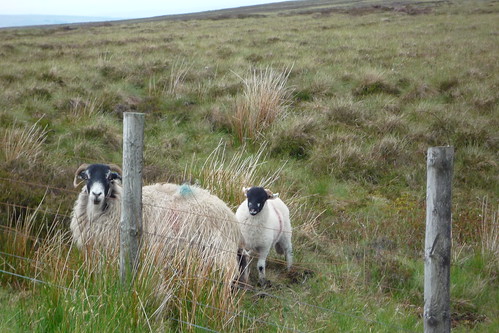
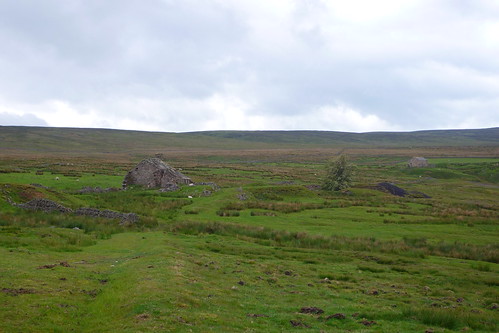
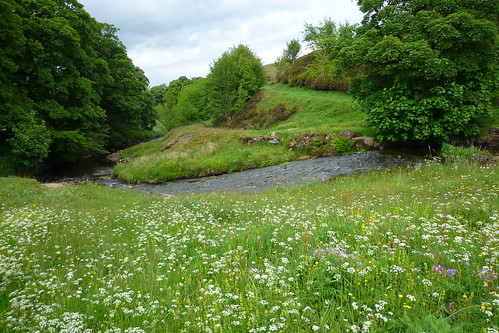

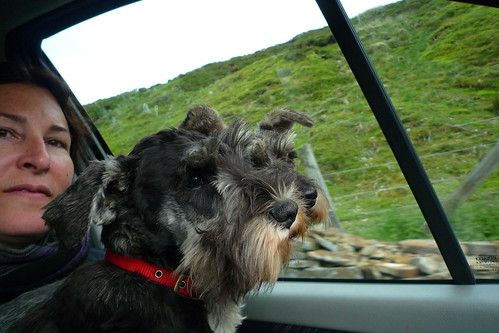
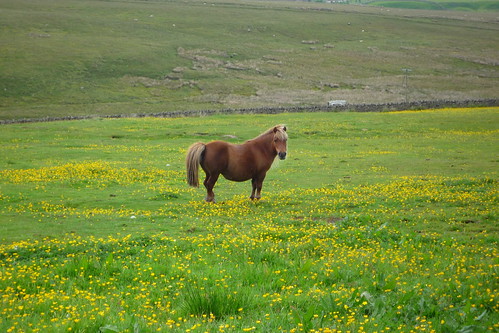
I thought there was an odd and distant kinship to New York/Staten Island’s Fresh Kills Landfill, of a long term land shape that’s formed from the inside out, entirely by man (see “Why Call Them Landfills? They are dumps, eyesores, middens and disgraces.”)
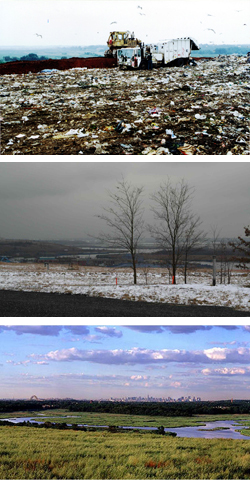
Invasion of the Pirri-pirri
Pirri-pirri bur (Acaena novae-zelandiae) is an invasive species concentrated in the dunes at Holy Island (an din parts of northern Ireland). Wily and sculptural little stick-ems that break into seedy pieces when you try and remove them. Would be fun to design a suit to take a walk in, ending up covered in these atomic wonders. But don’t turn your dog into a pirri-pirri-collecting artwork – it’s apparently very painful for the canines.
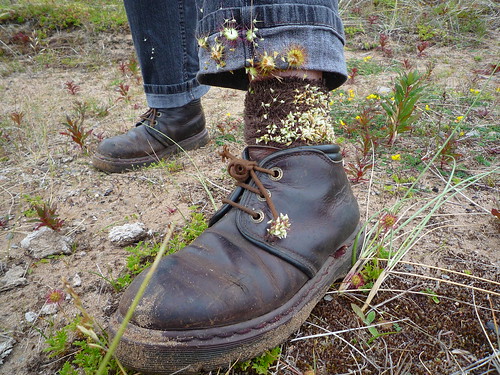
Pirri pirri is not a native to Britain and is thought to be originally from New Zealand, possibly brought over in shipped consignments of wool. During and just after the seeding time the tiny burrs are exceptionally sticky and very difficult to remove.
Apart from the damage to the dog there is also a real danger that the seeds come over to the mainland and set themselves in dunes or gardens. (Berwick Advisor)

Holy Island Tourist Owl
I usually don’t post personal thrills (liar) but I have a soft spot for owls. I’d only ever gotten to pet a taxidermied one. This is a 4 year-old barn owl rescue; some teenagers brought their imprinted charges out to Holy Island from Berwick on Tweed, to raise money for their parents’ rescue operation. There was this one:
… and this one – a 9 week old abandoned tawny owl:

…and a peregrine falcon and an american kestrel. and 2 very keen and knowledgable teenage girls.
Druridge Bay
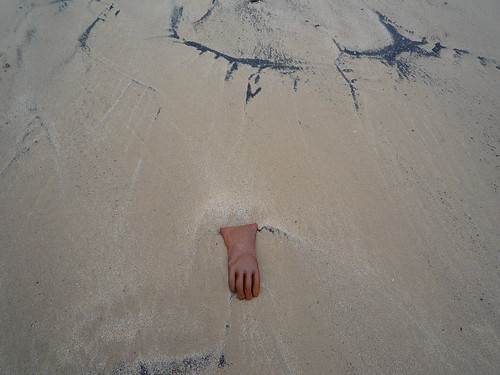
Invasive glove. But nice looking (and dominant). Note coal dust in sand.
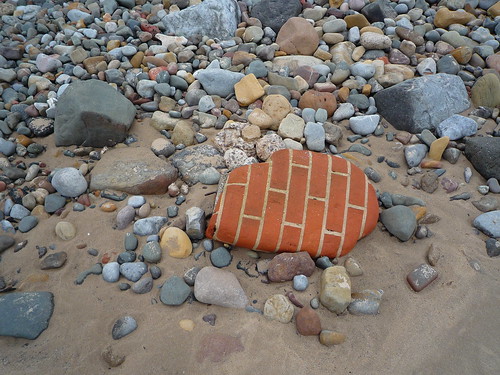
- Invasive Brick.
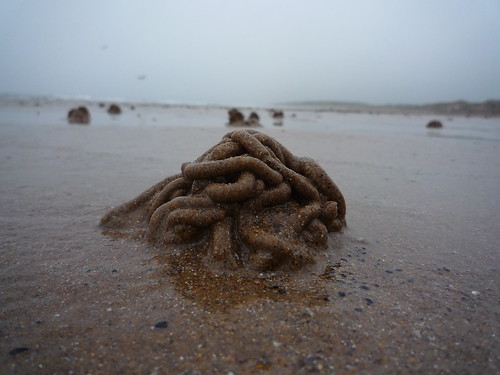
- Native lugworm castings

